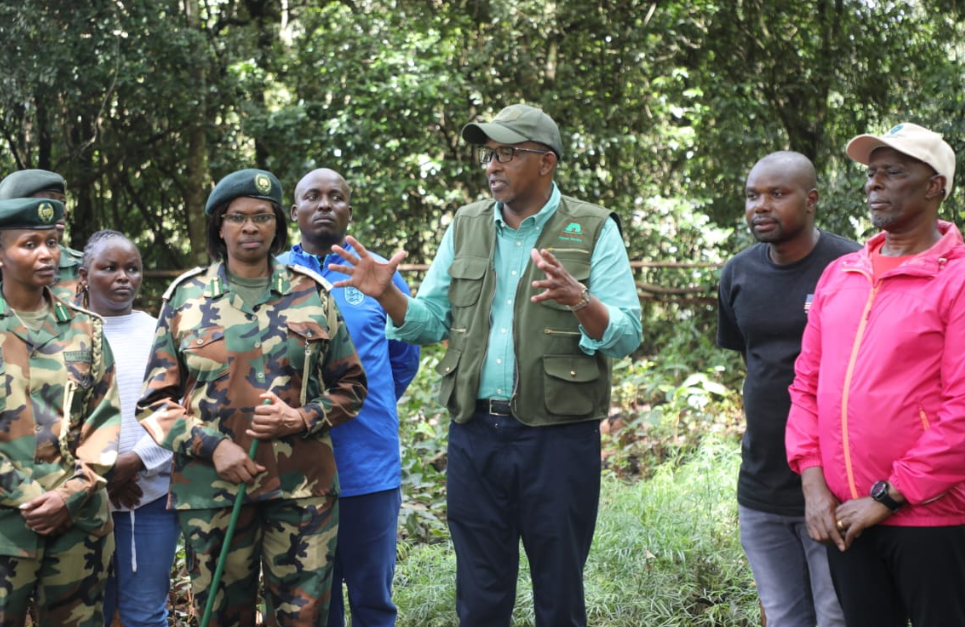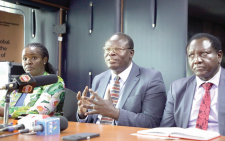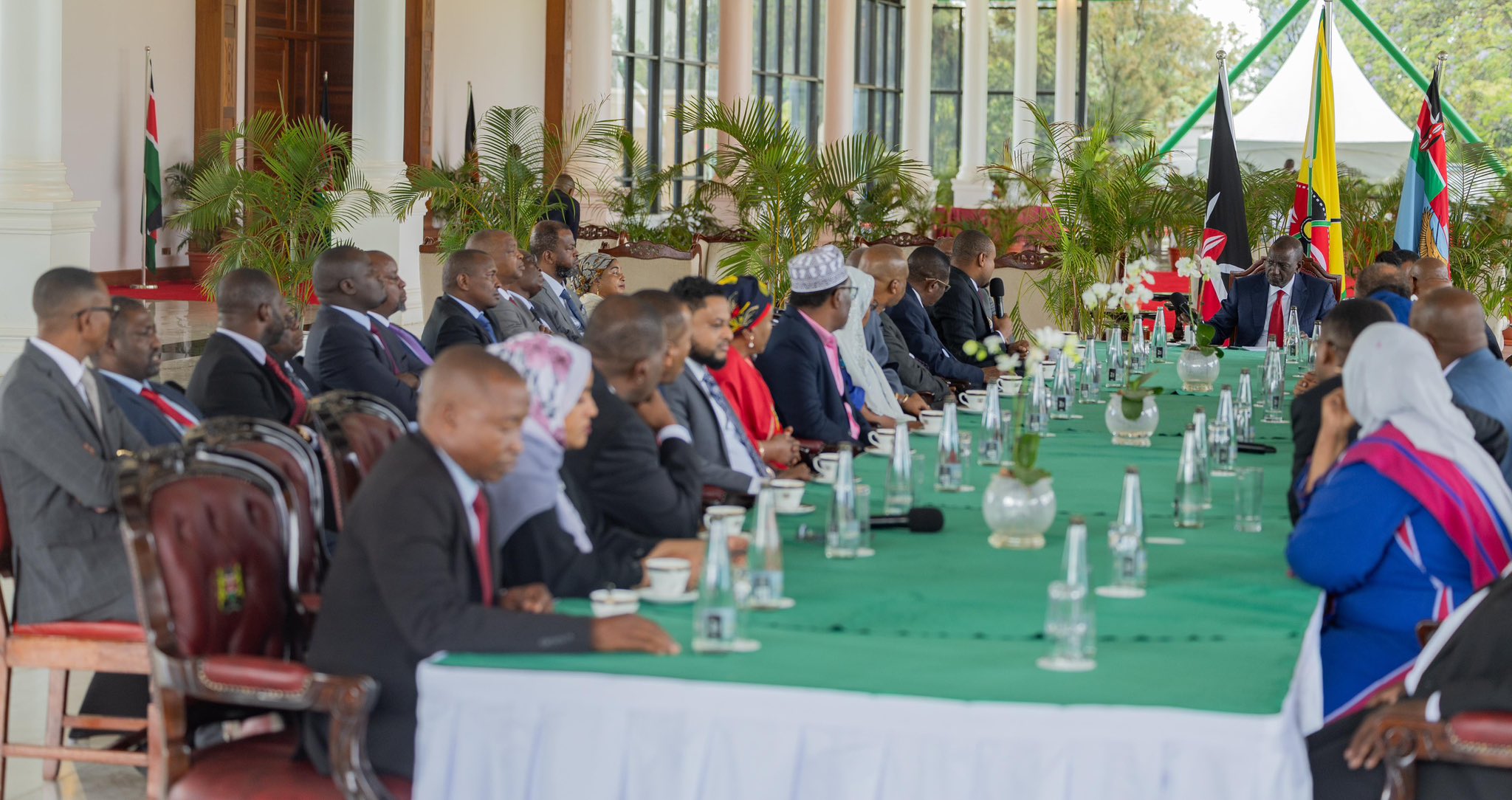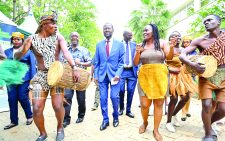The Kenya Forest Service (KFS) has defended the move to cut down trees at the famous Karura Forest, a day after Environment Cabinet Secretary Aden Duale visited the area.
In a statement on Sunday, November 24, 2024, KFS says the trees targeted in the exercise have become of age and could start succumbing to age-related drying soon.
KFS also says that the forest has been invaded by Lantana camara and has been the main focus of rehabilitation efforts mainly with indigenous species.
The agency also revealed that the area under plantations was more extensive in the past but decreased when a big portion of it was targeted for excision in 2004 leading to premature harvesting.
“Plantation Forest in Karura forest station, the plantations area covers 773.68 Ha and are comprised species such as Araucaria cunninghamii, Eucalyptus saligna, E. globula, Brachylaena huillensis , Grevillea robusta, Cupressus torulosa and Cupressus lusitanica. The area under plantations was more extensive in the past but decreased when a big portion of it was targeted for excision in 2004 leading to premature harvesting,” KFS stated.
“As a consequence, this area was invaded by Lantana camara and has been the main focus of rehabilitation efforts in the forest mainly with indigenous species. Almost all the plantations in the forest have passed their economic rotation age. The Eucalyptus sp. range from 38-93 years, Araucaria cunninghamii (44-56 years), Cupressus torulosa (34-56 years). Most of these plantations will therefore start succumbing to age related drying in the near future.”
Recently, a tree harvesting exercise has been going on in the forest without explanation from the government, leading to questions being raised by the public.
A part from being a protected area, the forest has acted as a recreational facility for Kenyans hosting a number of activities including nature walks, team-building exercises and prayer sessions among others.
“The natural forest in Karura covers an area of 267.62Ha. It comprises of Indigenous tree species such as Olea europeae var. africana, Croton megalocarpus, Warburgia ugandensis (Muthiga), Brachyleana huillensis (Muhugu), Uvaridendron anisatum, Markhamia lutea, Teclea nobilis, Juniperus procera (Cedar), Craebean brownii, Newtonia buchananii, Salvadora persica, Ficus thonningii, Trichilia emetica, Calondendrum capense and Dombeya goetzenii,” KFS stated.
“Additionally a number of shrubs are also found which have wide local medicinal use and include Strychnos henningsii (Muteta), Erythrococca bongensis (Muharangware), Vangueria madagascariensis (Mubiro), Rhamnus prinoides (Mukarakinga), Caesalpinia volkensii (Mubuthi), Solanum spp. (Mutongu), Elaeodendron buchananii (Mutanga) and Rhus natalensis (Muthigio).”
statement on Friday, November 22, 2024, Duale the process was part of the government’s effort at forest management.
“There are claims on some social media platforms that the ongoing removal of exotic tree species from Karura Forest is forest destruction,” Duale stated.
“Kenya Forest Service (KFS) would like to assure the public and visitors of Karura Forest that what is going on is a normal plantation management activity which involves harvesting of mature exotic plantation species as per the Karura Forest Participatory Forest Management Plan (PFMP), which is a legal document developed in collaboration between the KFS and the Community Forest Association (CFA), in this case being Friends of Karura Forest (FKF).”

















